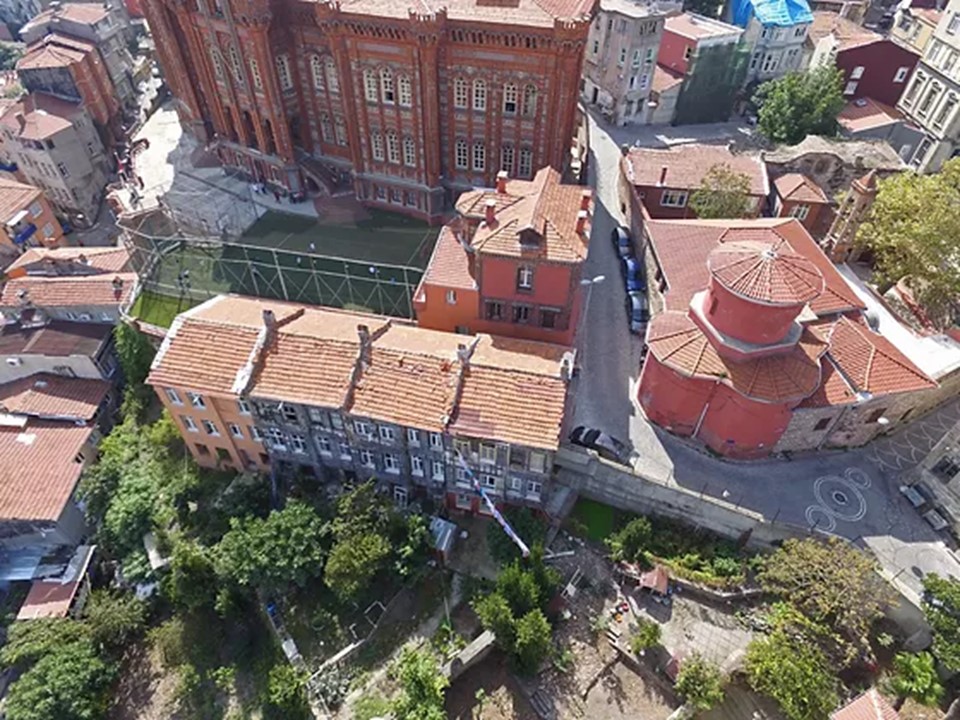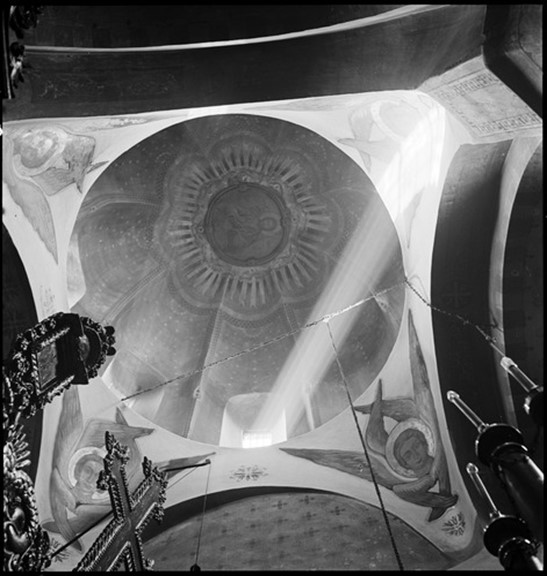
Nicholas V. Artamonoff Collection from 1930-1947
Image Collections and Fieldwork Archives (ICFA) of Dumbarton Oaks Research Library and Collection
«The Byzantine church known as Saint Mary of the Mongols, or Theotokos ton Mougoulion, was once the katholikon of the Monastery of the Theotokos tes Panayiotisses. It is situated in the modern quarter of Istanbul known as Fener, and is unique for being the sole Greek Orthodox sanctuary that has served the same function in Christian Constantinople as well as in Muslim Istanbul. Despite its unique status, the building has not received as much scholarly attention as other Byzantine religious monuments of similar historical importance…” writes Edmund C. Ryder, back in 2009/10. https://journals.sfu.ca/jmh/index.php/jmh/article/view/260/263
My new POST on the surviving Byzantine Churches in Constantinople takes me to Mouchliotissa or Theotokos ton Mougoulion or Saint Mary of the Mongols. The name has an “exotic” appeal upon me, the fact that it is still Greek Orthodox in practice enhanced my interest… the journey… was fascinating. Right from the beginning, I wanted to establish my sources, scant on the church’s architecture, but informative and well written. Η Αρχιτεκτονική της Παναγίας του Μουχλίου στην Κωνσταντινούπολη by Charalambos Bouras https://ejournals.epublishing.ekt.gr/index.php/deltion/article/viewFile/4126/3901.pdf and The Despoina of the Mongols and Her Patronage at the Church of the Theotokos ton Mougoulion by Edmund C. Ryder https://journals.sfu.ca/jmh/index.php/jmh/article/view/260/263
I love and use, for the purposes of this POST, the photographs taken by Nicholas V. Artamonoff from 1930-1947. I couldn’t find contemporary photos that surpass the atmospheric ambience of this unique place. I am grateful to ICFA (Image Collections and Fieldwork Archives), part of the Dumbarton Oaks Research Library and Collection (an Institute of Harvard University located in Washington, D.C.) for making this Collection available to the world… to regard and admire… http://images.doaks.org/artamonoff/collections/show/27
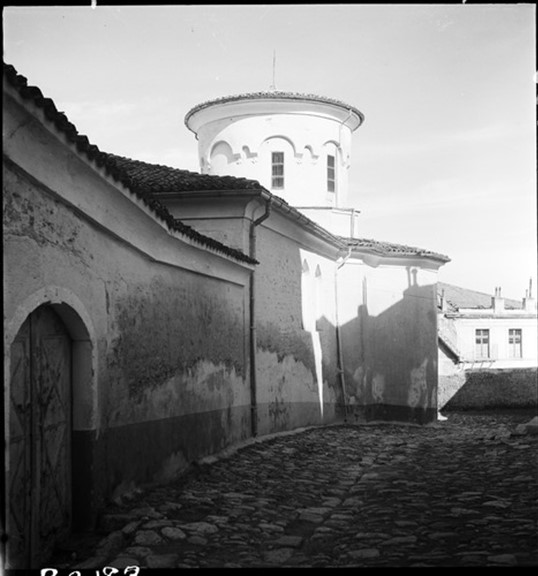
Nicholas V. Artamonoff Collection from 1930-1947
Image Collections and Fieldwork Archives (ICFA) of Dumbarton Oaks Research Library and Collection
Ch. Bouras describes “The Panaghia Mouchliotissa as a tetraconch, aisleless, domed church with a slightly later tripartite narthex.” Drawings by Poridis reveal that major architectural changes took place, most probably “during the eighteenth century, in order to increase its size to house a larger congregation.” For example, “the south conch and a large part of the narthex were demolished to make way for the addition of a large hypostyle room roofed with Ottoman pointed domes and an exonarthex.” Originally, “the Mouchliotissa was a tetraconch church with a narthex and two unusual features: the size of each conch was increased by opening three smaller niches in the thickness of the wall, and the dome was supported on four arches carried on columns at the four corners of the central square.” These features, Bouras continues, are rare in Byzantine architecture of the time, “enliven the interior space enhancing its visual interest and imparting a certain originality.” https://ejournals.epublishing.ekt.gr/index.php/deltion/article/viewFile/4126/3901.pdf
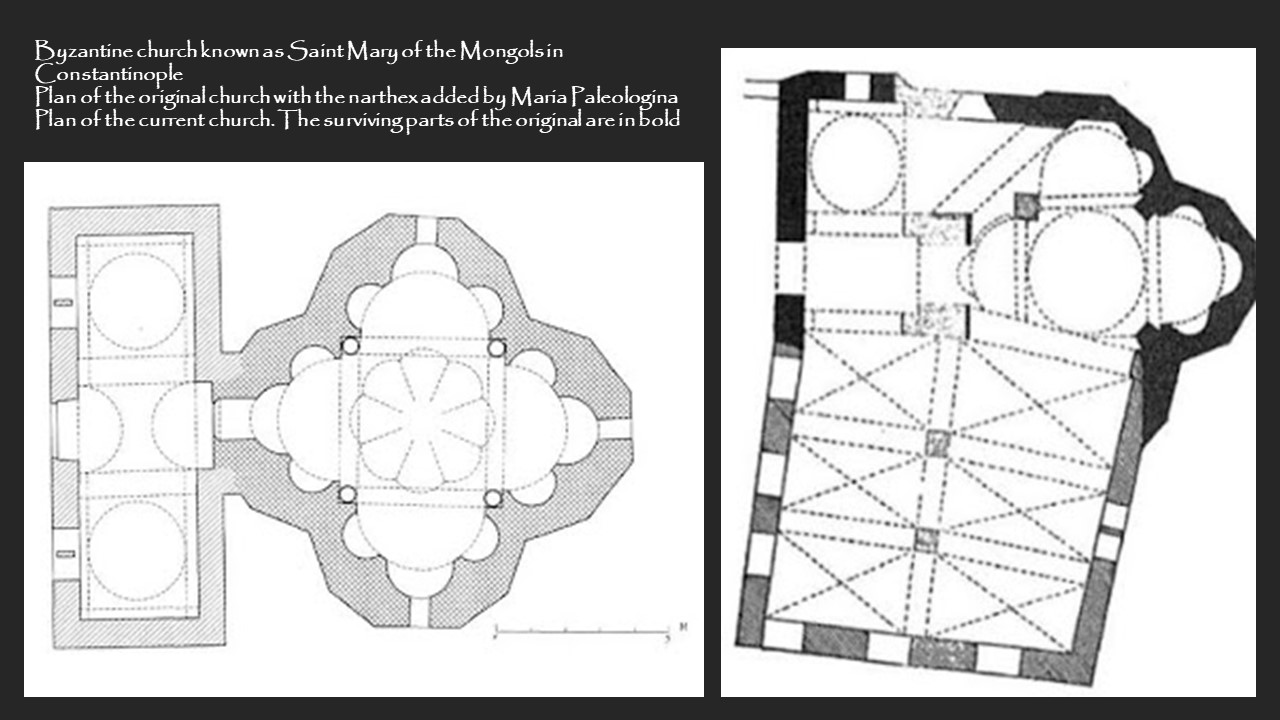
Plan for the original church with the narthex added by Maria Paleologina
Plan for the current church. The surviving parts of the original are in bold
http://wwwbisanzioit.blogspot.com/2018/12/maria-paleologina-e-la-chiesa-di-nostra.html
I always felt for the well-bred Byzantine Princesses whose destiny was to play a role in Byzantine diplomacy through marriage. Maria Paleologina was no exception. She was the illegitimate daughter of Michael VIII Palaeologus, the skilful Byzantine Emperor who accomplished in 1261 the dream of all Byzantines: reconquering the City of Cities, Constantinople. The new Emperor needed strong allies in the East and Maria Paleologina (1258/9-1282), barely 8 years old was “dispatched” to marry Khan Hulagu of the Il-Khanate of Persia, the conqueror of Baghdad, who dreamed of triumphing over the entire Muslim East…
While in Cappadocia, February of 1265, Maria and her magnificent entourage learned of the death of Khan Hulagu and her new proposal to marry Hulagu’s son and successor, Abaqa. Maria continued her journey… arrived in Persia, married the Khan, grew up in the Khan’s harem and succeeded in turning Abaqa into a protector of Christians until his death… Maria Paleologina or “Despina Khatun, for the Mongols, was revered for her kindness, wisdom and strong leadership. Sources portrayed her as leading a pious life and being quite influential in politics…” When her husband died and his brother, the Muslim Tekuder, became the new Khan… “Maria managed to escaped in time from his control and return to Constantinople… (where) unmoved by the pageantry of the court in Constantinople decided to embrace the religious life…” She used her considerable wealth to found the convent of Theotokos Panaghiótissa in 1285, where, as a respected widow, remained until her death.
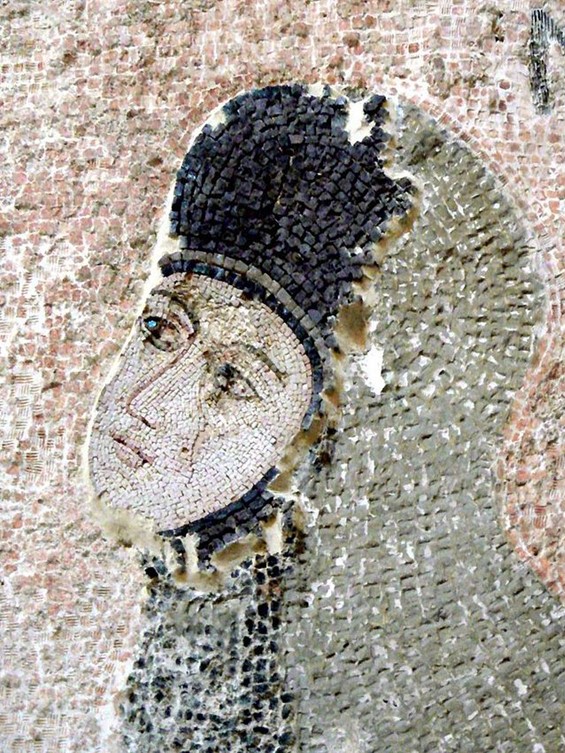
https://en.wikipedia.org/wiki/Maria_Palaiologina
The life of Maria Peleologina is wonderfully presented in Maria Paleologina and the Il-Khanate Khanate of Persia. A Byzantine Princess in an Empire between Islam and Christendom by María Isabel Cabrera Ramos of the Universidad de Granada https://repositori.udl.cat/bitstream/handle/10459.1/60547/imatem_a2017n11p217.pdf?sequence=1&isAllowed=y
For a Student Activity, please… Check HERE!
